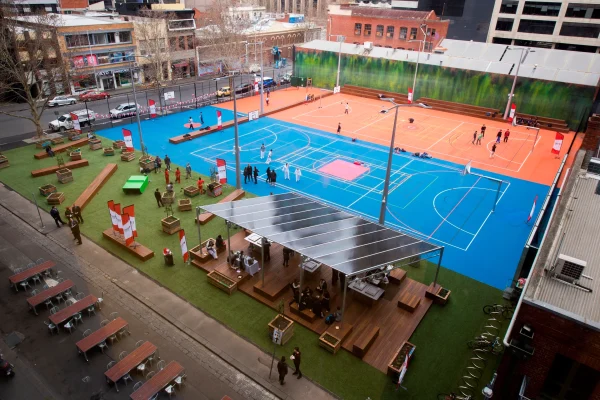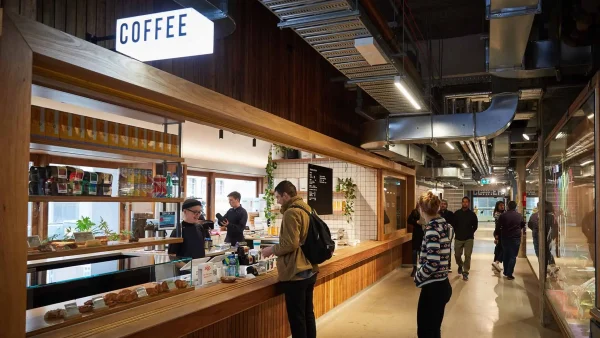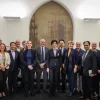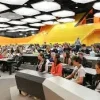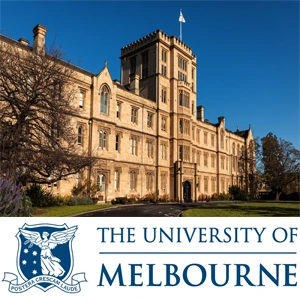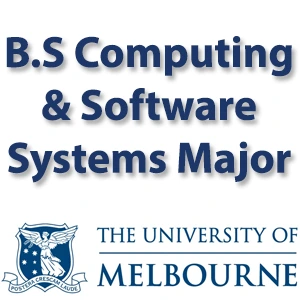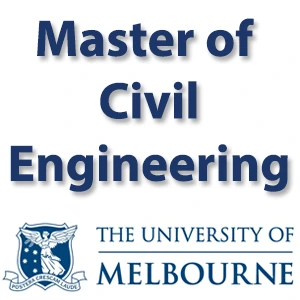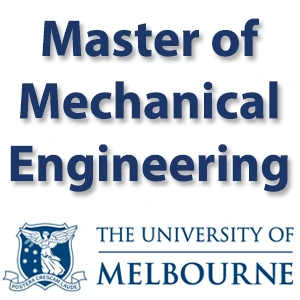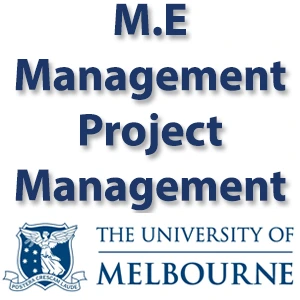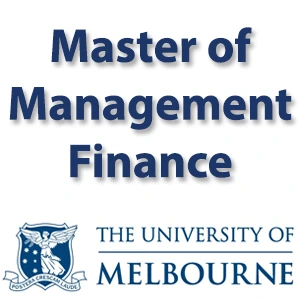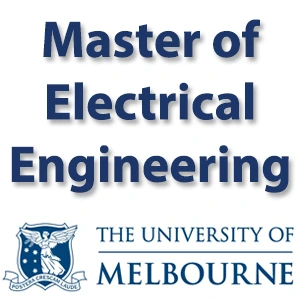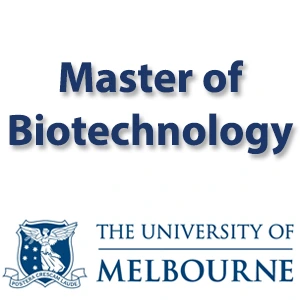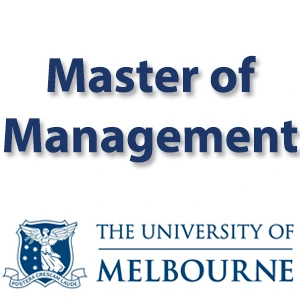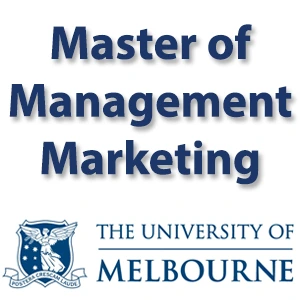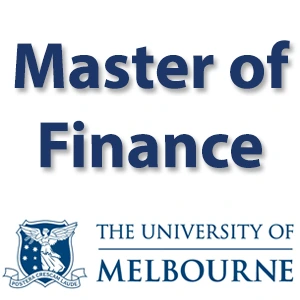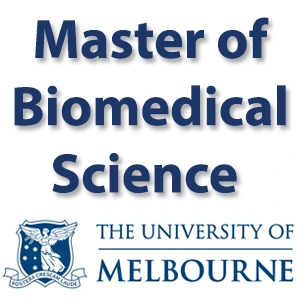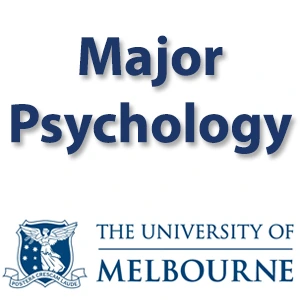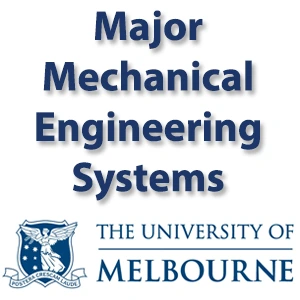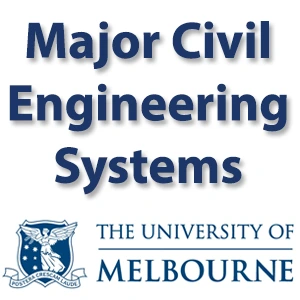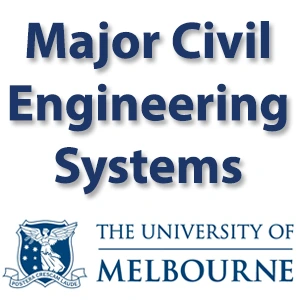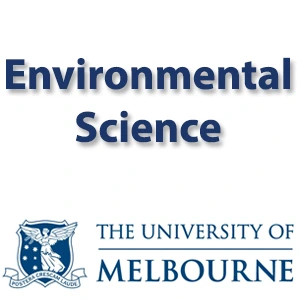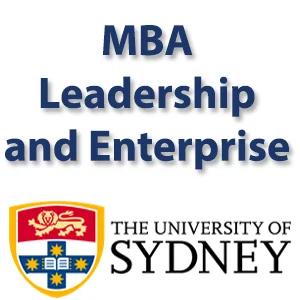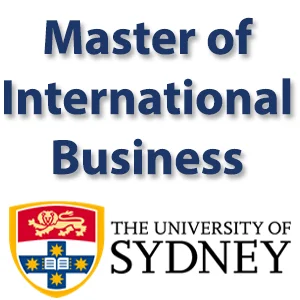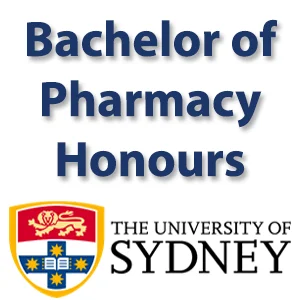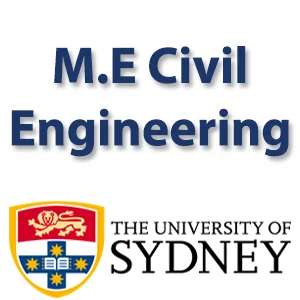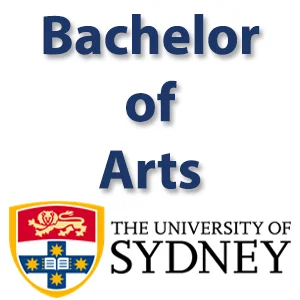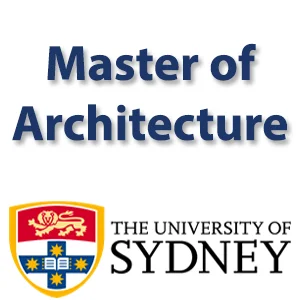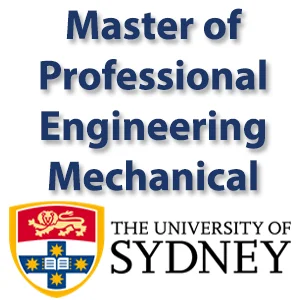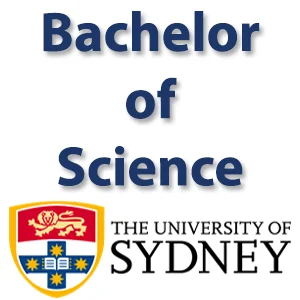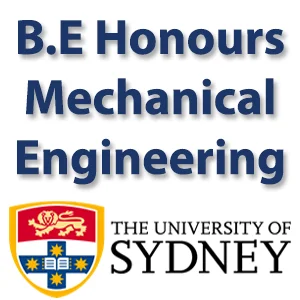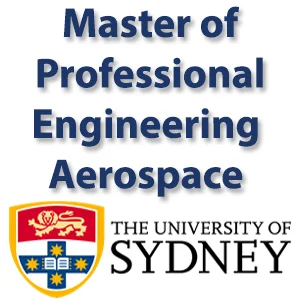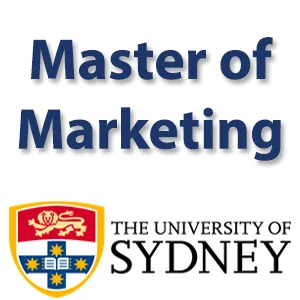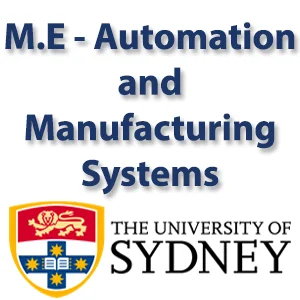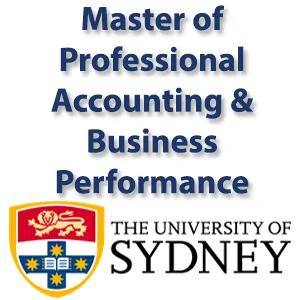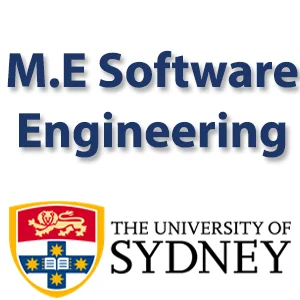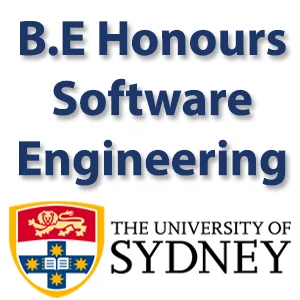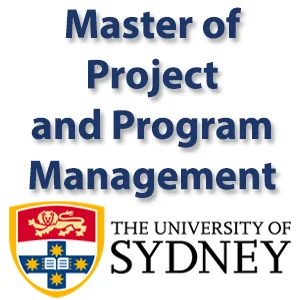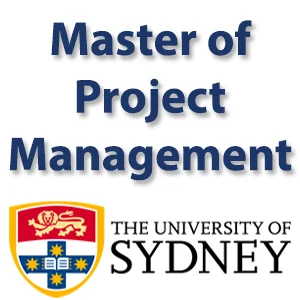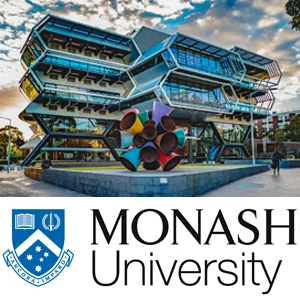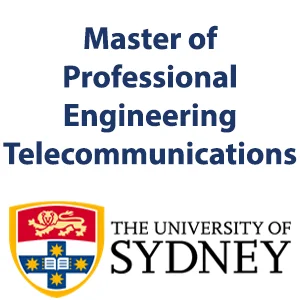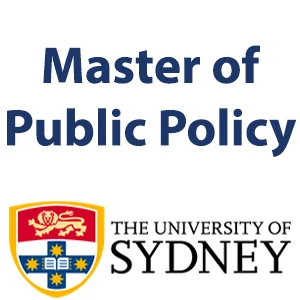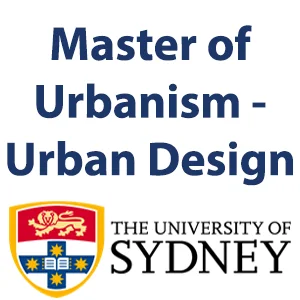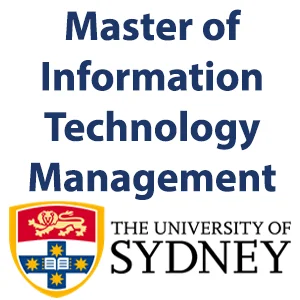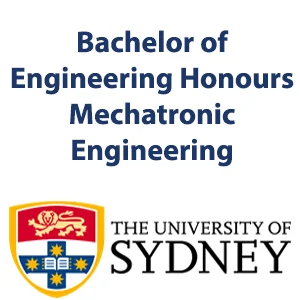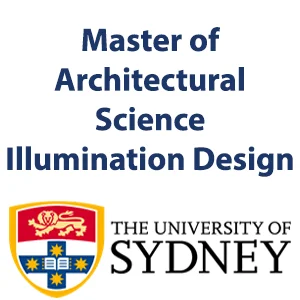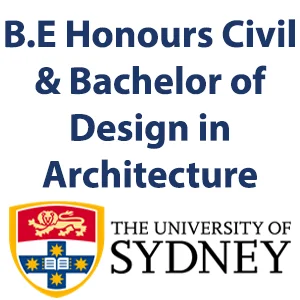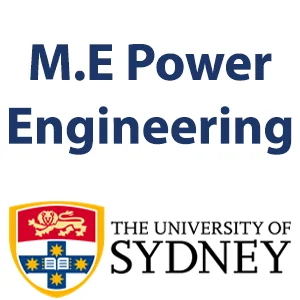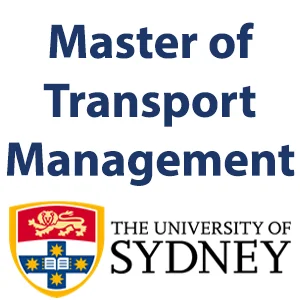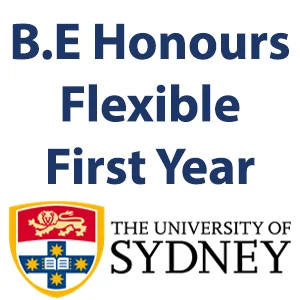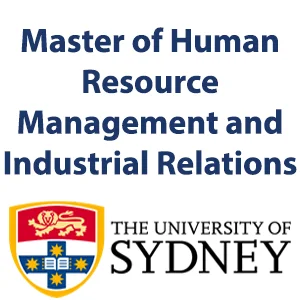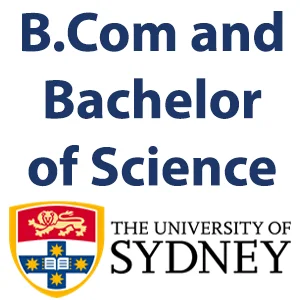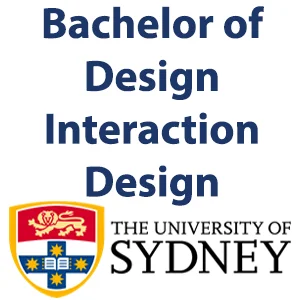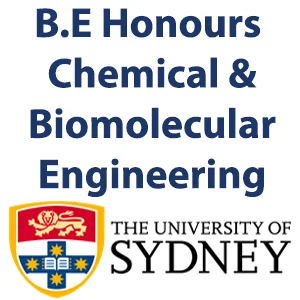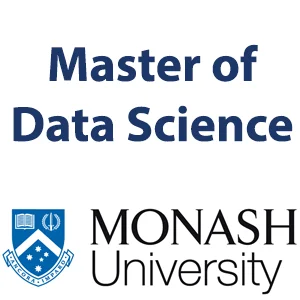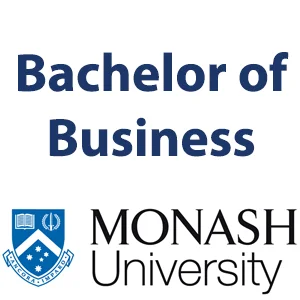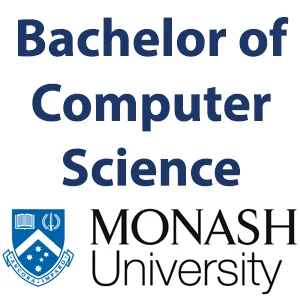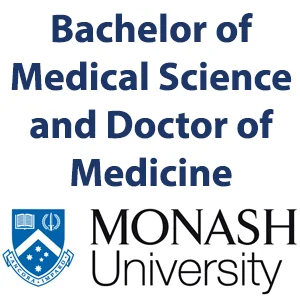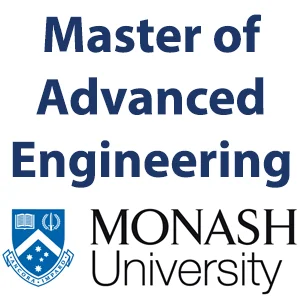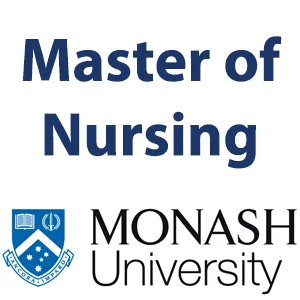Australia
139
12585
22
English
Dormitory
RMIT University
RMIT UP RMIT Building 85, Level 1, 97-99 Franklin Street, Melbourne VIC 3000
- Course Description
- Requirements
- About University
- Tuition Fee & Financial Support
- Scholarship
- FAQ
- All Courses
1. University entry requirements
RMIT University admits students on the basis of their demonstrated capacity to succeed and sets minimum entry requirements for each level of study (e.g. diploma or bachelor degree), including:
You can also view the minimum academic entry requirements for each level of study (Undergraduate, Postgraduate or Research) or for Foundation studies.
2. Program entry requirements
Every RMIT program has its own specific entry requirements. You will find them under the heading Admissions in each program summary.
Once you know the Australian score, select your country from the Country equivalency page to find out what the equivalent score for your country and qualification will be.
For example, 70% in the Australian Year 12 was equivalent to 454 in the Chinese Gao Kao in 2015.
3. Selection tasks (extra requirements)
For some programs you need to complete selection tasks as part of your application. You will find them under the heading Entry requirements in each program summary (course page).
Selection tasks might include:
- submitting a portfolio
- completing a supplementary information form or pre-selection kit
- attending an interview.
RMIT is a global university of technology, design and enterprise
RMIT is a world leader in Art and Design; Architecture; Education; Engineering; Development; Computer Science and Information Systems; Business and Management; and Communication and Media Studies.
Why RMIT
Learn more about what makes RMIT a renowned global university of technology, design and enterprise.
Our courses of study are offered across 4 academic colleges and 16 academic schools.
At RMIT, teaching, research, and engagement are central to making an impact and creating life-changing.
Our local and international campuses feature award-winning buildings and some of the most technologically advanced.
Careers
RMIT University has excellent opportunities for talented employees across academic, professional, teaching and research areas.
Respect for Indigenous Cultures in Australia
At RMIT we recognise and respect the unique culture and contribution that Aboriginal and Torres Strait Islander people bring to out communities.
Our values
Building on our core values, we are committed to living our values and making a different both locally and globally.
Our strategy
Knowledge with Action – generating positive impact together
Our heritage
RMIT was established in 1887 as the Working Men’s College with the aim of bringing education to the working people of Melbourne.
More about RMIT
RMIT aims to inspire and engage our many audiences to discover new ideas and perspectives by exploring our cultural spaces, resources, and collections.
Governed by Council, Academic Board, and led by the Vice-Chancellor, are our portfolios and colleges, working in accordance with policies and legislation.
Next in Teaching is RMIT University’s platform for sharing innovative teaching practices, learnings and celebrations from inside and outside our physical and virtual classrooms.
Regenerative Futures Institute
The Institute works to find practical solutions that help rebuild and improve social, environmental, and economic systems, making the world fairer, more inclusive, and more sustainable for everyone.
RMIT is hosting webinars, presentations and interactive events online across a range of topics and disciplines. Browse our events to find one you might be interested in. Hope to see you there!
RMIT University started its life as the Working Men’s College on 7 June 1887.
It adopted the motto “Perita manus, mens exculta” – a skilled hand, a cultivated mind – which continues to be used by the University today.
Since that time, RMIT has grown from a technical college in Melbourne providing education in the arts, technology and trades to working men and women, to become a global university of technology, design and enterprise offering postgraduate, undergraduate and vocational programs.
From the beginning, students and staff have been drawn to RMIT because of its strengths in teaching and research, its reputation for innovation, the talent of its academic leaders, and the strong industry links the University has forged over its long history.
What links RMIT’s past to the future is the University’s ongoing commitment to education and research that responds to industry and community needs. That tradition of relevant, industry-focused learning and teaching is unbroken as RMIT continues to create life-changing experiences for our students and prepare them for life and work.
Founded on philanthropy
RMIT University is a product of the aspirations of a city and its people, built on a culture of philanthropy going back more than 120 years.
In 1882, RMIT’s founder, Melbourne philanthropist and grazier Francis Ormond, lit the spark that would eventually become RMIT. He pledged of £5,000 to build a working men’s college, and challenged his fellow citizens to match his contribution.
Melbourne’s growth
After the sudden riches of the gold rush in the mid-19th century, Melbourne had grown into the more sober wealth brought by agricultural expansion. But its future lay in trade and industry. The economy and the society required better educated workers – literate, numerate and technically aware, endowed with new skills for a rapidly modernising world.
The Victorian Trades Hall believed that education would help working men and women find dignity and prosperity. In support of Francis Ormond’s contribution, Trades Hall secretary William Emmet Murray threw himself into fundraising for the proposed working men’s college. The unions levied members who, through thousands of small donations, many of just a few shillings, amassed more for the college than they had for their own Trades Hall building.
The government provided the land on which the first building was raised, and the Working Men’s College, as it was then known, was founded in 1887.
Humble beginnings
Money was tight. The priority was to build spaces in which the men and women who flocked to the college could be instructed, mainly at night. So Building No.1 was literally built from back to front. First came the classrooms. Only five years later was the front of the building and its façade to La Trobe Street completed.
That choice of the pragmatic over the cosmetic says much about the institution that grew into RMIT University. From the beginning it filled deep public and private needs. Commencing with 200 students, within two months there were 600, within two years there were 2,000. Today there are more than 74,000.
Throughout its history RMIT has grown in physical reach and scope. It has become a global university of technology, offering higher education and vocational programs for a new generation of graduates, equipped with skills that make them highly employable, fulfilled and engaged with the world.
A culture of philanthropy
The spirit of philanthropy upon which the University was founded continues. RMIT has been blessed with endowments of all kinds, bestowed by people and institutions who recognise and value the role the University plays in the academic, social and economic life of the communities in which it operates.
People and institutions have given scholarships to reward outstanding achievement, to encourage the best in research or provide access to the best possible education.
Gifts come to the University in cash and in kind, in amounts large and small. People give their precious time to act as mentors to a new generation. The University is the fortunate recipient of cultural gifts that make the campuses richer places.
Since 1887 RMIT’s inner-city campus has grown up with the city of Melbourne, from the 1880s boom through periods of war, depression and renewed prosperity during the latter half of the twentieth century. Since the 1990s, the institution has acquired campuses in Bundoora and Brunswick in Melbourne’s northern suburbs, and in Ho Chi Minh City and Hanoi in Vietnam, through which we take an active role in developing communities.
You might be interested in
Business
Tailor your study to achieve your goals with industry-led courses in accounting, business analytics, project management, MBA and more.
Engineering
Build a skill set in STEM that prepares you for the future of hybrid roles, from civil and mechanical to biomedical and environmental engineering.
Information technology
Develop internationally-recognised skills to shape the future of IT with hands-on courses in computer science, data science, cyber security and more.
Why choose RMIT?
Practical learning
RMIT delivers hands-on courses with industry-connected learning, so you can gain a range of practical learning experiences.
Pathway options
RMIT is a dual-sector university offering recognised pathway options that allow you to study vocational courses that lead on to undergraduate study.
Industry connected
RMIT courses are co-designed with industry to offer real-world experience. In 2024, 24,245 students took part in work-integrated learning activities with 4,054 unique industry partners.
Global opportunities
RMIT has campuses in Melbourne and Vietnam, and has over 200 exchange partners and industry connections across Europe, Asia and North America.
Important fee information for RMIT international students.
Tuition fees for international students are listed in the fees section of each program on the RMIT website.
You can also search our Tuition fees database (below) to find your international student programs and courses tuition fees.
- The program and fees information applies to students commencing programs between 1 January and 31 December of the selected academic year.
- All fees are quoted in Australian dollars ($AUD) and apply to RMIT University’s Australian campuses only.
- Fees are held constant for each calendar year.
Tuition fee increases
- RMIT University may adjust program tuition fees at the beginning of each calendar year.
- RMIT may increase the fees by no more than 7.5% each calendar year (subject to rounding). For Higher Education fees, tuition fees are rounded up to the nearest $10.00 per credit point increment, and so the actual fee increase may exceed 7.5%. Similarly, for VET/TAFE students the program annual fees are rounded to the nearest $250, and so the actual fee increase may exceed 7.5%.
- Because fee increases are applied at the beginning of each calendar year, students commencing later in the year will find that the total cost of their program will be slightly higher than if they had commenced earlier in the year.
Additional expenses
Program tuition fees do not include the Student Services and Amenities Fee (SSAF), material and administrative fees, books, equipment and other materials required to undertake the program or compulsory activities where relevant, such as fieldwork, excursions or laboratory practicals.
See the Other expenses – materials and administrative fees page for more information.
Invoices
Fees are invoiced on a semester basis based on the enrolled load for that particular semester except for the following two sectors:
- RMIT University Pathways (RMIT UP) student’s fees are charged at a weekly rate.
- Foundation Studies and Victorian Certificate of Education students are charged a flat semester fee.
Explore more
Discover the support services and benefits available to our international students .
How to apply as an international student
Find out how to apply for your dream course at RMIT.
RMIT offers a range of scholarships to commencing international students across all fields of study.
Australia Awards are prestigious international scholarships and fellowships funded by the Australian Government.
RMIT offers a range of scholarships to commencing international students across all fields of study.
External Scholarships (Sponsorship)
RMIT welcomes students who have scholarship funded by their home government (sponsored students).
Bursaries for English language students
Learn more about the latest English language Bursary offers available to offshore students.
RMIT English Language Bursary for Asia
If you are a citizen of Cambodia, Japan, Laos, South Korea, Taiwan, Thailand or Vietnam this bursary provides a tuition fee discount on your English language course.
RMIT English Language Bursary for Latin American students
If you are a citizen of a Latin American country this bursary provides a tuition fee discount on your English language course.
Program and course information
Where can I find general information about a program?
Information about a program can be found on the program page, via the program guide, or by contacting Study@RMIT.
Does my program have prerequisites or assumed knowledge?
If your program requires assumed knowledge or prerequisites for admission, it will be detailed under Admissions on the program page.
When and where is my program offered?
You can find out about upcoming intakes, campuses and study modes in the information summary at the top of the program page, or on the program plan page (found under “Choose program structure”).
Where can I find the application dates for my program?
If your program is open for applications, or will be soon, you will be able to find application dates on the Apply page, which can be found via the top-right section of the program page. You can find out about upcoming program intakes in the information summary at the top of the program page.
What outcomes can I expect from my program?
Program outcomes, including career options and further study, can be found on the program page.
For career information, including potential job titles and/or industries and organisations can be found under Career, and further study opportunities, if available, can be found under Pathways.
How do I find out if this program is available for international students on study visas?
To find out if a program is available for international students intending to obtain a study visa, select “Student type: International” in the information summary at the top of the program page.
Some programs are available for international students through online study only, which do not qualify for an Australian study visa. If this is the case, it will be noted on the program page.
How long is this program?
Information about program duration can be found in the information summary at the top of the program page.
How can I find out about a program’s particular requirements?
Some programs may include:
- physical requirements
- requirements for work-integrated learning (WIL)
- security checks
- minimum level of English language proficiency
- compulsory online elements and/or work-based training
- placements
- other community-based learning, and
- collaborative research training arrangements.
If a program does include particular requirements, they will be noted under the Admissions section of a program page, including Inherent requirements and Additional information.
Where can I find information about credit, qualifications or advanced standing?
Opportunities for credit, advanced standing and recognition of prior learning can be found under Pathways on the program page, or within RMIT’s Admission and Credit Policy.
What is the CRICOS code for my program?
If a program has been CRICOS-approved, the CRICOS code will be noted on the program page and the program plan.
I have more questions about a program. Who can I contact?
If a key contact is available for a program, it will be noted under Key contacts in the Details section of the program page. If a key contact is not available for a program, reach out to Study@RMIT for more information.
Application process
What is the application process?
The process for applying to a course at RMIT varies by level of study, and if you’re a local or international student.
- Find out how to apply to RMIT as a local student
- Find out how to apply to RMIT as an international student
Ready to apply? RMIT’s standard closing date for receiving applications vary by level of study each intake.
Please note, some courses have their own closing date and enrolments are subject to places and availability. As such, applicants are encouraged to apply as soon as possible.
International students are also strongly advised to apply by the dates recommended for their country/region. These maybe earlier than the closing date for your course and are based on anticipated visa processing times for each country. If you require a student visa, you will also need to allow additional time to apply for your visa.
For further information, contact us.
Where can I learn about student and ATAR profiles?
Find out about student and ATAR profiles on the Admissions transparency page.
How are Australian citizens or permanent residents with overseas qualifications are assessed for admission?
This information can be found under Admissions on a program page.
Where can I find information about RMIT’s Indigenous applicant admission scheme?
Learn about RMIT’s Indigenous Access Program.
Where can I find information about RMIT’s equity access schemes?
Find out about RMIT’s Equity access schemes.
What other access schemes are available?
Learn about RMIT’s Elite and Emerging Athlete programs.
What is VTAC?
The Victorian Tertiary Admissions Centre (VTAC) is a hub for tertiary course applications in Victoria. VTAC receives, processes and forwards course applications to universities, TAFEs and independent tertiary colleges in Victoria (and a few outside Victoria). VTAC does not decide who gets into a course. All decisions about which applicants are offered a place are made by institutions. VTAC also processes special consideration claims through the SEAS application and some scholarship applications. VTAC’s other role is calculating the ATAR for Year 12 students.
Enrolment
How do I accept, change, withdraw or defer my offer?
If you’re a local student applying through VTAC, you can manage your preferences and offer through the VTAC website.
Alternatively, find out how to defer your place before you start.
If you’re an international student, find out how to accept your offer, or how to defer your offer.
How can I apply for a leave of absence?
Learn how to apply for a leave of absence.
Please note, international students can only apply for a leave of absence for compassionate or compelling reasons.
Didn’t get an offer?
If you are dissatisfied with the outcome of your application for admission, you may seek a formal review of a selection decision in accordance with RMIT’s Selection Procedure.
Fees
What are the fees for my course?
Your fees depend on your level of study and course.
Learn more about requirements and support for local students, including tuition fees, scholarships, additional fees and expenses, and HECS-HELP and other Commonwealth assistance loans.
Learn more about tuition fees, scholarships and support for international students.
When do I pay my fees?
Tuition fees and the Student Services and Amenities Fee are payable after the census date. Find out census dates for:
Will there be additional charges throughout my study?
Other fees and expenses throughout your study may include the SSAF and materials and admin fees.
What is the Student Services and Amenities Fee (SSAF)?
Like all Australian universities, RMIT charges a Student Services and Amenities Fee (SSAF) to improve your university experience. To find out what activities and services the SSAF funds, visit the SSAF page.
Can I get a refund on my fees?
To learn about refunds and find out if you’re eligible for one, visit our Refunds page.
What do I need to know about HELP and VET loans?
Find out if you’re eligible for a HELP or VET loan and how to apply for one, and ensure you know about your responsibilities via the HELP Loans and VET Student Loans page.
What scholarship opportunities are available?
Visit the Scholarships page to find out about scholarships and grants that you may be eligible for.
Who can access funding through the Skills First Program?
To access funding through the Victorian Skills First Program individuals must be looking to gain new skills or upgrade their existing qualifications.
RMIT encourages individuals with a disability to access Vocational Education training subsidised through the Victorian government Skills First Program.
The Skills First program funding is dependent on a range of eligibility criteria. If an individual is eligible, the government will contribute to the costs of the training.
Student support and activities
What services does Student Connect offer?
Student Connect allows you to submit questions or requests about:
- admissions and enrolment
- course, subject and timetable advice
- updating your details
- student or concession cards
- fees and finance
- exams, results and graduation
- support for study, wellbeing and housing
- work and study opportunities
- student exchange
- library and study support, and more.
Where can I find my course materials and learning resources?
All of your course materials and learning resources should be available via your Canvas login.
Information about other online learning resources can be found in the Learning Lab and the Library.
Where can I find my timetable?
Find out how to view and create your timetable on our Class timetables page.
How do I access IT systems for online activities?
Find out about IT services for students.
How can I participate in student politics, or have my say about university decisions, policies and services?
To have your say about how the university is run and other important elements of life at RMIT, join the Student Voice Network. If you would like to participate in student representative bodies, find out about the RMIT University Student Union (RUSU).
How can I access personal, cultural or English language support?
Find out about the services available for wellbeing, community or practical support on our Student support page.
Who can I talk to about student assistance or advocacy?
Make sure you know your student rights.
The RMIT Student Union (RUSU) employs advocates who can provide you with free advice and assistance for appeals. If you wish to use this service, you are encouraged to make an appointment as soon as possible.
Where can I find out about youth and student allowances?
To find out about student finances, including Centrelink payments, student loans and financial assistance, visit the Finances page.
Where can I find out about student orientation and induction?
Find out about student orientation and program induction on the Your orientation page.
Student obligations
What are the expected standards of behaviour as an RMIT student?
Find out what is expected of all RMIT students, and learn what constitutes high, general and academic misconduct on the Conduct page.
What are the disciplinary procedures for student misconduct?
Learn about the penalty and appeal process for allegations of student misconduct on the Student Conduct Regulations page.
Information for international students
All information for international students, including health cover requirements, cost of living, accommodation and visa information, can be found on the International student site.
Complaints
To learn more about:
- how to complain
- the complaint resolution process
- the internal and external appeals processes
- guidance on how to participate in the processes, and
- sources of assistance and advocacy
Visit the Student and student-related complaints page.
Access to current academic policies
You can access a full glossary of current university policies on the Policies site.
Studying in Australia: Your Guide to Universities, Programs, and Student Visas
Australia is a popular destination for international students, offering quality education, diverse campuses, and vibrant cities. From affordable universities to top-ranked institutions, Australia has something for everyone. Here’s everything you need to know about studying in Australia.
Top Universities in Australia
- Australia’s Top Universities
- Australia is home to some world-renowned universities, consistently ranking among the best globally. Australian National University (ANU), University of Melbourne, University of Sydney, and University of Queensland are a few examples of prestigious institutions that attract international students.
- QLD Universities
- Queensland offers a range of universities, including Griffith University, James Cook University in Brisbane, and Central Queensland University. These institutions provide various programs suited to different interests and career paths.
- Universities in Perth, Australia
- Perth is a vibrant city with reputable universities such as Edith Cowan University (ECU), Murdoch University, and University of Western Australia. Known for their high quality of education, these universities offer excellent options for both local and international students.
- University in Melbourne List
- Melbourne is a hub for quality education with universities like Deakin University, University of Melbourne, and RMIT University, each offering diverse programs and a dynamic student life.
- University in Brisbane, Australia
- Brisbane hosts renowned institutions like Griffith University and James Cook University, providing a range of study options with excellent facilities and support for international students.
- Universities in Sydney, Australia
- Sydney is home to leading universities, including the University of Sydney, University of New South Wales (UNSW), and Macquarie University.
Affordable and Cheapest Universities in Australia
- Cheapest University in Australia
- For those on a budget, Australia offers affordable education options without compromising quality. Central Queensland University and Edith Cowan University are known for providing affordable programs.
- Low-Cost Universities in Australia
- Universities like Western Sydney University and Victoria University offer lower tuition fees, making education accessible for international students.
- Affordable Universities in Australia
- Many Australian universities provide scholarships and affordable courses. University of Sunshine Coast and Charles Darwin University are among those that offer value without high costs.
Popular Programs and Courses in Australia
- Masters Degrees and Programs in Australia
- Australia offers a wide range of master’s programs in fields like IT, business, engineering, and more. Universities such as University of Queensland and Monash University offer specialized programs designed to boost your career prospects.
- MBA in Australia Cost
- The cost of pursuing an MBA in Australia varies by institution, with top programs available at University of Melbourne and Australian Graduate School of Management (AGSM). While MBA programs can be expensive, many universities offer financial aid and scholarships.
- Best IT University in Australia
- Australia’s top IT programs can be found at institutions like University of Technology Sydney (UTS) and RMIT University, providing cutting-edge knowledge and skills for a career in tech.
- MBBS Cost in Australia
- Medical education in Australia is rigorous and offers high-quality training. The cost of an MBBS in Australia is typically high but provides excellent career opportunities globally.
Scholarships and Financial Aid
- Scholarships in Australia for Indian Students
- Many Australian universities offer scholarships specifically for Indian students. Scholarships can help reduce tuition costs, making education more accessible for international students.
Student Visas and Living Costs
- Student Visas Australia
- To study in Australia, you’ll need a student visa. The visa application process is straightforward, but it’s essential to meet the requirements for acceptance. Ensure you apply early to secure your visa on time.
- Living Cost in Australia for International Students
- Living expenses vary depending on the city. Major cities like Sydney and Melbourne are more expensive, while places like Brisbane and Perth offer more affordable options. On average, international students should budget for accommodation, food, and other personal expenses.
Universities by Location and Specialty
- Griffith University (Queensland)
- Known for its research and industry connections, Griffith offers a variety of programs in fields like health, business, and environmental studies.
- Deakin University (Melbourne)
- Deakin is popular among international students for its flexible learning options and strong support services.
- James Cook University (Brisbane)
- Located in Queensland, James Cook is recognized for its programs in tropical health, marine science, and environmental studies.
- Edith Cowan University (ECU) (Perth)
- ECU provides a range of programs and is known for its focus on teaching quality and graduate outcomes.
- Murdoch University (Perth)
- Murdoch offers a student-centered approach and is known for courses in law, psychology, and veterinary science.
List of Australian one of the Best Universities
For a complete list of universities, Australia has a diverse range of institutions across various cities. Here are some popular ones:
- Central Queensland University: Known for affordability and strong industry ties.
- University of Western Australia: Highly regarded for research and academic excellence.
- CQ University: Offers practical, career-focused courses in multiple disciplines




